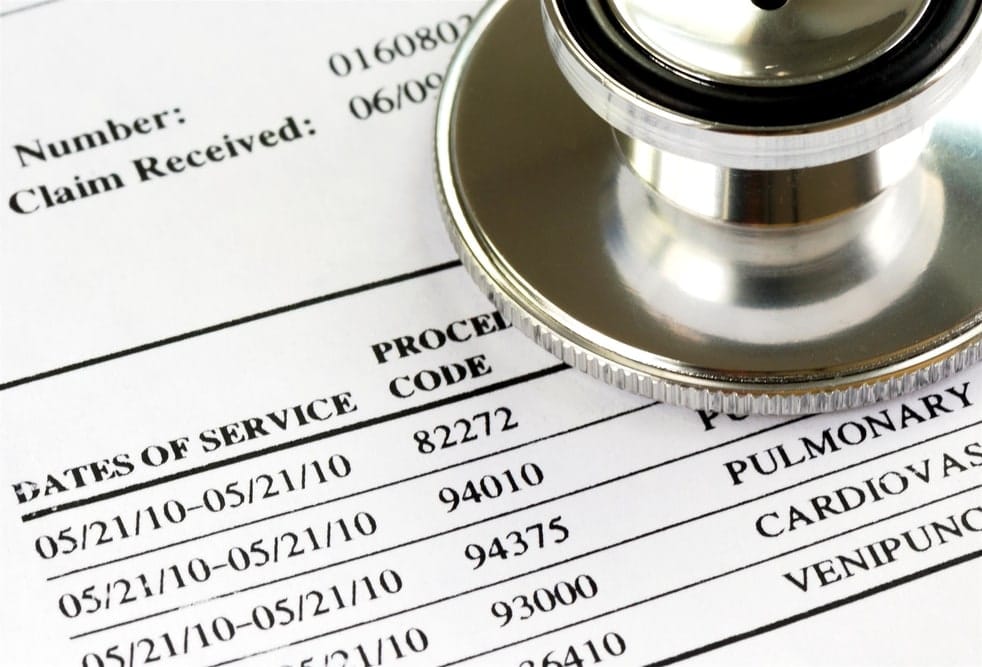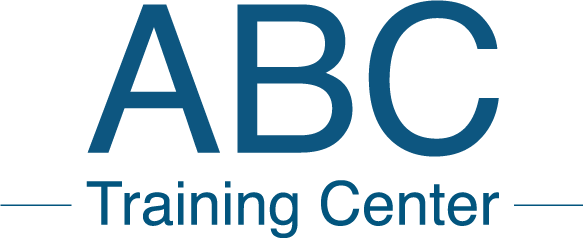During your career training program, in NYC or your local area, to become a medical billing and coding specialist you learned a great deal about what processes are needed to code and bill medical claims on behalf of a practice’s patients. However, what your courses may not have covered in great detail was how vital your position actually is as it is directly related to the amount of revenue earned by the practice.

Doctors, healthcare facilities, and clinics rely upon the insurance payments and patient co-pays to earn revenue for the operation and to pay their staff. In some cases, smaller hospitals will also find their primary revenue streams come from the money they collect from insurance companies and patients.
If coding and billing processes are not going smoothly and taking a long time to complete, the amount of revenue coming in will decline and could create financial concerns for the business.
In order to ensure proper processing of claims, medical billing and coding specialists need to understand the revenue cycle concept. This concept is the amount of time it takes to process a claim and receive payment. Ideally, most healthcare offices and facilities want timely processing so that they can typically receive payments within 30 days or less of providing patient services.
In order to help facilitate this goal and keep the operation running, coding and billing technicians should remember to use the following guidelines:
- Manage the entire claim process for every claim at every stage. Simply coding the claim and filing it with the insurance company is not enough; there could be issues with some claims.
- Promptly resubmit denied claims or claims rejected for errors. Sometimes insurance companies will reject a claim because it was not completed correctly or it contains errors, or they may deny it because it is not a covered service.
- Once payments are issued, update patient records to determine if a balance is owed. Do not overlook updating patients’ accounts so you know whether they still owe an outstanding balance and how much it really is. You may also have to write off disallowed amounts from patients’ accounts, depending upon the type of insurance coverage they have, and make these adjustments to reflect the correct balance
- Bill patients for co-pays and other amounts still owed after insurance payments are applied. Typically, most practices send out monthly statements for any amounts patients owe.
- For patients who cannot afford to pay the entire amount at once, try to work out an acceptable payment plan. Do not be afraid to work with patients when they are having a hard time paying their outstanding balance, to avoid not getting paid at all.

As you can see, revenue cycles are extremely important and often fall into the hands of medical billing and coding specialists to manage. To enroll in medical career training programs in NYC, contact ABC Training Center at (718) 618-5589 for more information now!
